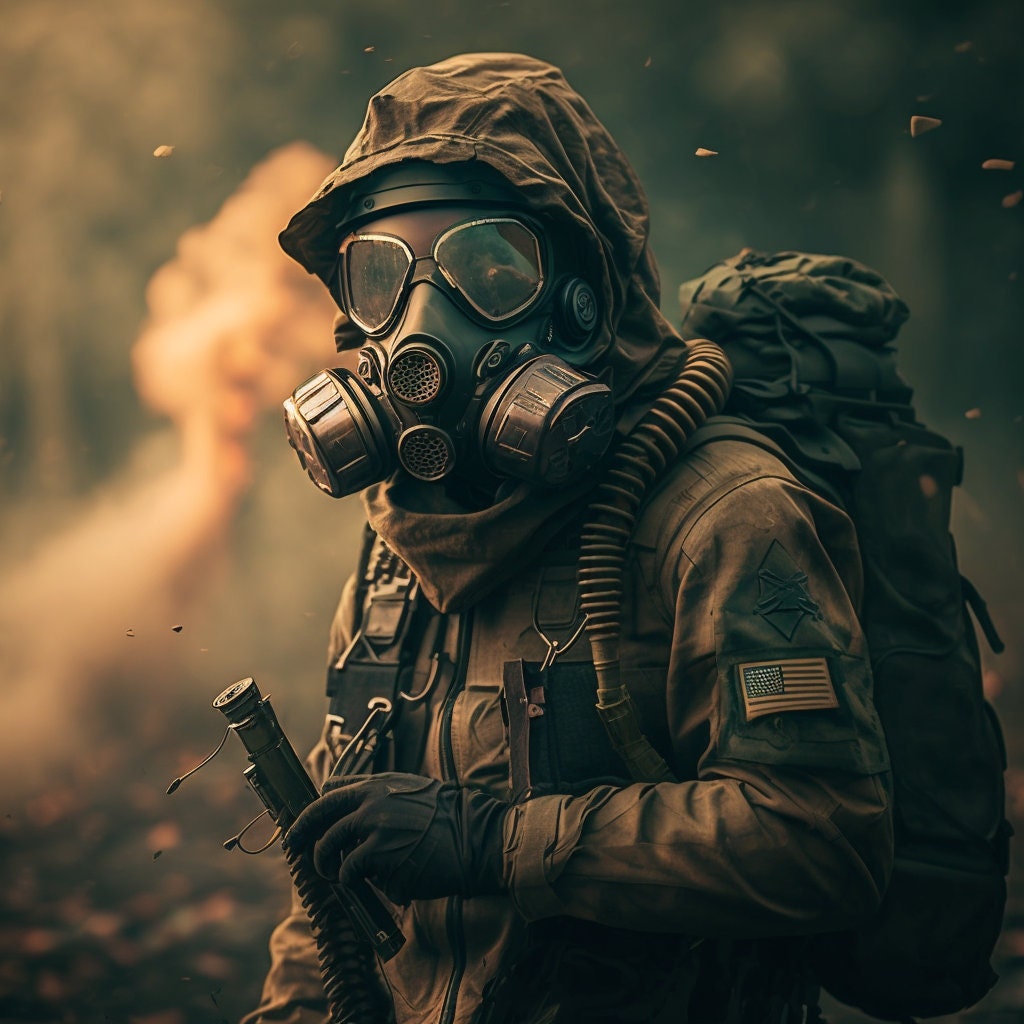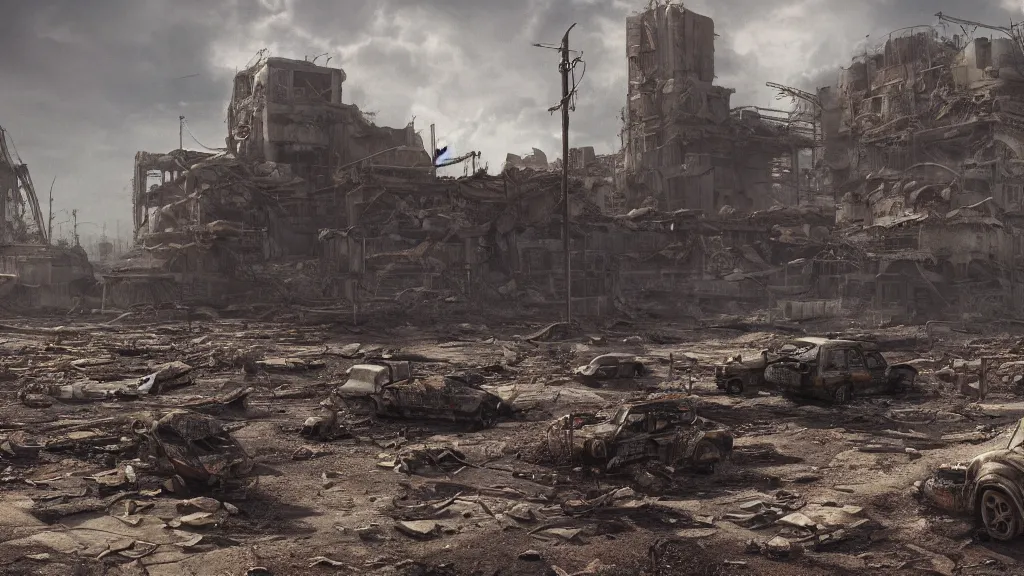Chances are, most of you have questioned yourselves from time to time about the likelihood of your own survival in the aftermath of a doomsday event. Sometimes, you cannot help but wonder if you really have what it takes to live (and actually stay alive) in a world where resources are scarce and you could get killed by anything, from drinking contaminated water, breathing polluted air, walking into an unmarked nuclear zone, zombies, monsters, and cannibals, to a random scavenger with a bad temper. No matter what you do and where you go, whether hunting for food or looking for a mythical survivors’ settlement, a post-apocalyptic journey is always going to be perilous.
Do not fall victim to the fantastical idea of regrouping with your friends at a local mall and hoping that there is enough food supply for everyone until the rescue helicopter arrives while you are killing hordes of zombies with a samurai sword. What if the apocalypse was triggered not by a zombie outbreak but a nuclear disaster? You have no electricity in the mall to keep the refrigerator running, no gas, no clean water, and you run out of canned foods. The mall probably isn’t even there anymore because it was burned to ashes.

Assuming you survived the apocalypse in the first place, it only meant you either slipped through the cracks of fate by mere chance or were plain lucky for not being anywhere close to the ground zero. And now that it is outright impossible to depend your long-term survival on a mere blind luck, things will only get harder starting from this point. There is nothing wrong with staying put and making the best of your situation wherever you are, but surviving almost always requires you to search and wander through the surrounding area; you will most likely need to hunt for food, collect dry wood, look for water, and basically find valuable resources of any sort to sustain life.
Each trip is going to be just as dangerous as the previous one, so the most plausible way to make your circumstances more bearable – or at least less helpless – is to arm yourself with the best possible survival gear you can find, borrow, and steal. Surviving in a post-apocalyptic world has everything to do with how well your disaster preparedness is.
Since it is not yet the end of the world, you still have time to get your hands on the following gear and equipment before an apocalypse strikes and reduces every nearby survival gear store to ruins.
A Gas Mask or Two

With the city being constantly consumed by fire and releasing every unpronounceable but definitely toxic chemical into the air, catching a breath every now and then might be quite a challenge. A painting respirator should be more than enough to filter out toxic dust, chlorine, and ammonia.
Water Purification System
An apocalypse can really put a new perspective toward everything you typically take for granted, like clean water. You can get a portable water purification system for around $100, and it will make the difference between a plausible thirst-free post-apocalyptic journey and a horrible death by water intoxication.
Solar-powered Devices
Not only does the sunlight warm the planet and give life to vegetation, it also powers lifesaving gadgets. Make sure that your next LED flashlights, wristwatches, and radios have solar panels. In case the power grid dies and you can’t turn on your gaming laptop, at least you can listen to radio static noise.
Learn Gardening
If you have no hunting skill at all, make it a priority to learn how to farm. Read books about growing your own vegetables and preserving them. In many hypothetical post-apocalyptic scenarios, gardening is always underrated to near oblivion. You can be at the forefront of the campaign to promote the indispensability of humble gardening in a world devoid of non-zombie farmers.
We think that as long as you happen to be in safe distance from the vicinity of asteroid impact, nuclear strike, patient zero, or alien landing zones, you have a better chance to escape the initial onslaught of the apocalypse. If you find yourself still alive in the following days and weeks, you practically are a survivor and quite possibly one of the brightest beacons of hope for the future of humanity. And when the time finally comes to step out of the bunker and take a post-apocalyptic journey to a new beginning, never leave your survival pack behind.
What do you think is the most important skill to have in a post-apocalyptic world? Can you think of a positive side of an apocalypse (if there is indeed such a thing)? We’d love to hear from you.
Other Things You Might Want to Know:
Can you still use the Internet after an apocalypse?
Even with zombies all around and the human population decimated by plagues, most of the Internet servers will remain intact deep underground where they are sheltered from electromagnetic pulses, protected from fire, fortified to withstand nuclear bombs, and powered by both solar and hydroelectric energy. Unless the apocalypse in question is triggered by an earthquake of biblical proportion, it is likely that you can still send tweets and upload lunch pics.
Will personal protective equipment keep you safe?
According to the United States Department of Labor, personal protective equipment – commonly referred to as PPE – can minimize exposure to all sorts of hazards that typically cause illnesses or serious injuries. The term “hazards” may refer to any or a combination of the following: electrical, chemical, mechanical, radiological, and physical hazards. PPE includes respirators, full body suits, helmets or hard hats, safety shoes and goggles, gloves, vests, and coveralls.
What is the difference between overalls and coveralls?
Overalls offer neither restriction in upper-body movements nor more adequate protection than aprons. On the other hand, coveralls are designed to provide full body protection against dirt and harm. Some coveralls are made of breathable materials for comfort and warmth, while others come with much more serious attributes such as thermal insulation, fire retardancy, and water resistance.
Check out other articles by month:







